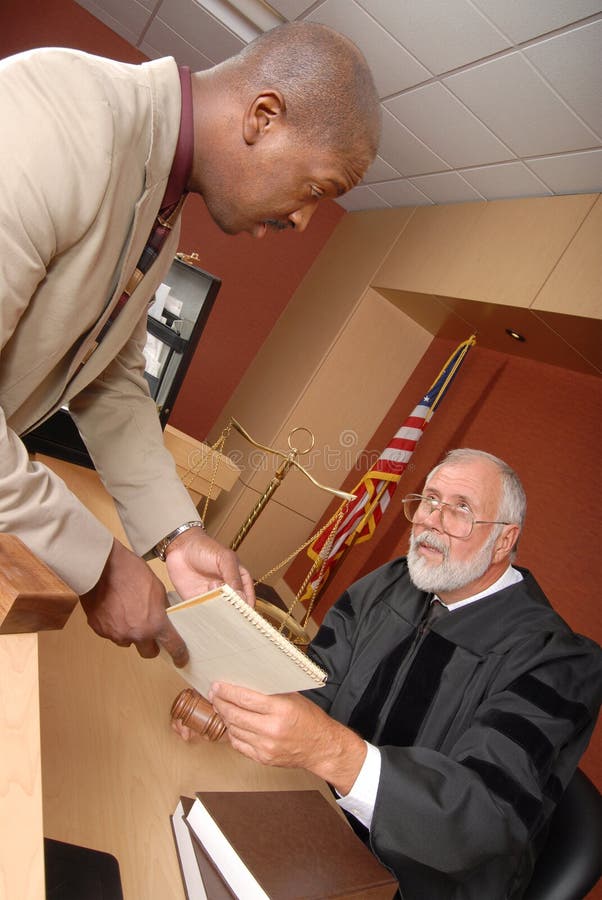The Duty of Aesthetic Aids in Successful Trial Presentations: A Guide for Attorneys
The Duty of Aesthetic Aids in Successful Trial Presentations: A Guide for Attorneys
Blog Article
Navigating the Intricacies of Trial Presentations: Tips for Seamless Distribution and Compelling Debates
In the realm of lawful procedures, the art of test discussion stands as an important determinant of success. As lawyers navigate the complex web of court characteristics, the capability to seamlessly provide debates and evidence while astounding the jury's interest becomes vital. The intricacies fundamental in test presentations need a fragile balance of method, ability, and finesse. By sharpening techniques that make sure a sleek delivery and crafting compelling disagreements that reverberate with the target market, attorneys can dramatically boost their advocacy. In a world where persuasion reigns supreme, understanding the intricacies of trial presentations is not simply an alternative yet a necessity for those seeking to prevail in the court.

Understanding Test Goals
To properly navigate a trial, it is important to have a clear understanding of the goals that require to be attained. Prior to entering the courtroom, legal teams should define their goals and preferred results. These goals act as leading concepts throughout the test, forming approaches and affecting decision-making procedures.
Recognizing test purposes entails a thorough evaluation of the instance, lawful criteria, and the customer's finest rate of interests. Trial Presentations. It needs a precise evaluation of the truths, determining essential issues, and anticipating potential challenges. By establishing details and quantifiable goals, lawyers can customize their presentations and arguments to straighten with the wanted results
Furthermore, a clear grasp of test objectives makes it possible for lawful teams to focus on evidence, witnesses, and lawful disagreements successfully. It permits the development of a coherent narrative that reverberates with the court and court, strengthening the total instance discussion.

Organizing Evidence Effectively
Having a clear understanding of trial goals lays the foundation for arranging evidence properly in legal proceedings. By straightening the presentation of proof with the desired end results of the trial, lawful teams can reinforce their disagreements and improve their persuasiveness.
An additional crucial element in organizing proof efficiently is developing a logical circulation. Presenting proof in a consecutive and coherent way can help develop an engaging narrative that supports the lawful arguments being made. Furthermore, using visual help such as timelines, charts, or graphes can even more boost the company of evidence and help in making clear complex connections or series of occasions.
Furthermore, making sure that all proof presented is admissible and appropriate to the situation is crucial. Irrelevant or inadmissible evidence can take away from the toughness of the debate and potentially harm the trustworthiness of the here and now event. A careful testimonial and option procedure must be embarked on to consist of just the most impactful and lawfully sound evidence in the trial discussion.
Crafting Influential Stories
Crafting compelling stories plays an essential role in offering persuasive debates during lawful procedures. When creating a narrative for a test presentation, it is important to develop a clear storyline that highlights my website vital points and attaches them in a coherent fashion. By weaving together proof, testimony, and legal debates into a natural and persuasive story, lawful professionals can properly advocate for their customers and increase the probability of a desirable result in the court room.
Mastering Visual Help
Effective use of aesthetic help is essential to improving the influence and clarity of trial discussions. Visual help, when made use of strategically, have the power to streamline intricate go information, strengthen bottom lines, and leave a long lasting perception on the discretionary. To master visual aids in trial discussions, it is critical to ensure that they are clear, concise, and appropriate to the debates being made.
When including visual aids, such as charts, graphs, timelines, or photos, right into a test presentation, it is important to keep them visually appealing yet professional. The visuals ought to match the verbal arguments, offering a visual representation of the information being talked about without overwhelming the audience with unnecessary details.
Moreover, practicing with the aesthetic help ahead of time is vital to guarantee a seamless delivery during the test. Acquainting oneself with the material, shifts, and timings of each visual help can aid keep the flow of the presentation and protect against technical glitches that might develop.
Providing Impactful Closing Disagreements
A compelling closing debate serves as the end result of a trial presentation, enveloping the core narrative and encouraging the judge and court in the direction of Get the facts a positive choice. Begin by describing the major arguments that sustain your customer's setting, stressing why the evidence provided throughout the test supports your narrative.
Furthermore, integrating psychological allure can better reinforce your closing argument. Ultimately, a well-crafted closing argument should leave a long lasting perception, compelling the judge and jury to rule in your client's favor.
Conclusion
To conclude, grasping trial presentations involves understanding objectives, organizing evidence, crafting stories, making use of aesthetic help, and providing impactful closing disagreements. By carrying out these methods successfully, attorneys can provide their situation perfectly and make compelling arguments in the court room. It is critical to browse the intricacies of trial presentations with accuracy and ability to accomplish success in legal proceedings.
By straightening the discussion of proof with the preferred outcomes of the test, lawful teams can strengthen their debates and improve their persuasiveness (Trial Presentations). To grasp visual help in trial presentations, it is crucial to make certain that they are clear, concise, and relevant to the debates being made
An engaging closing argument offers as the conclusion of a trial discussion, encapsulating the core story and convincing the judge and court towards a favorable choice. Begin by describing the main debates that support your customer's position, stressing why the evidence presented throughout the test supports your story.In conclusion, understanding trial discussions involves recognizing objectives, arranging evidence, crafting stories, utilizing aesthetic aids, and providing impactful closing arguments.
Report this page